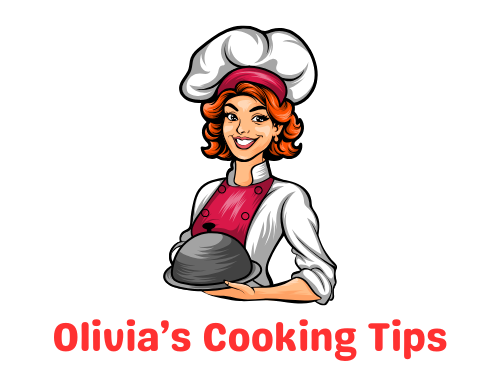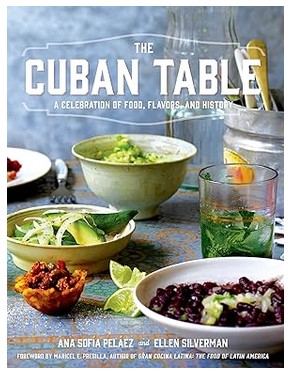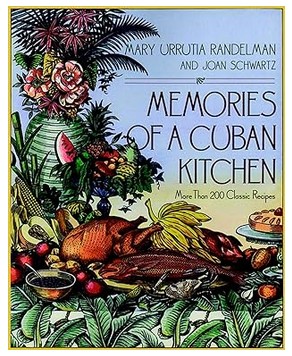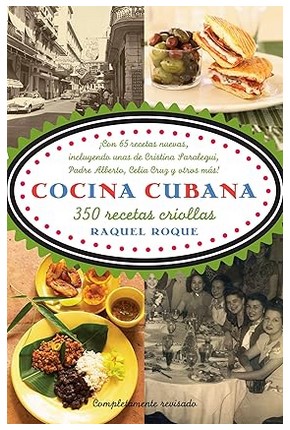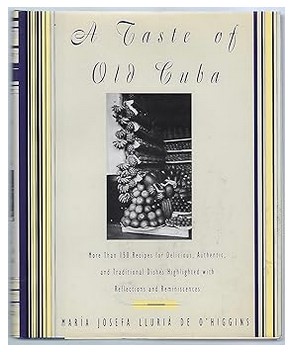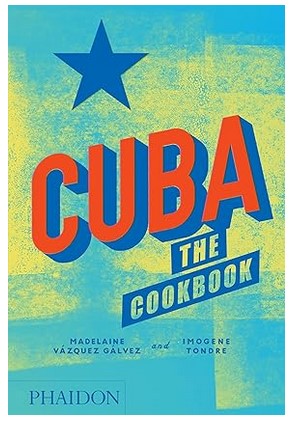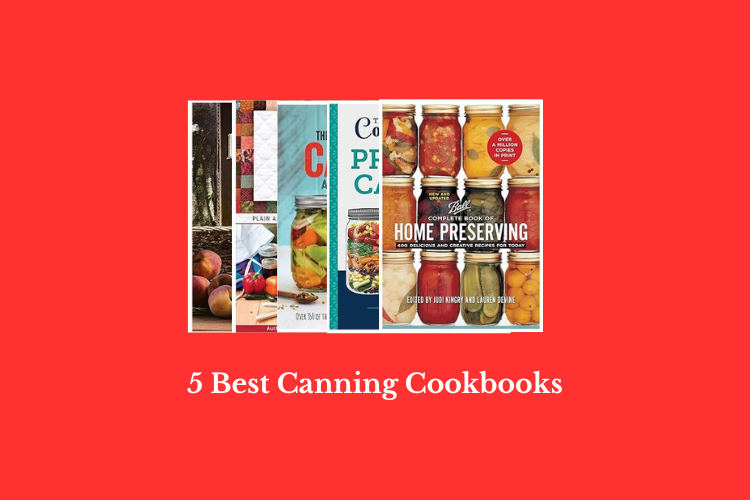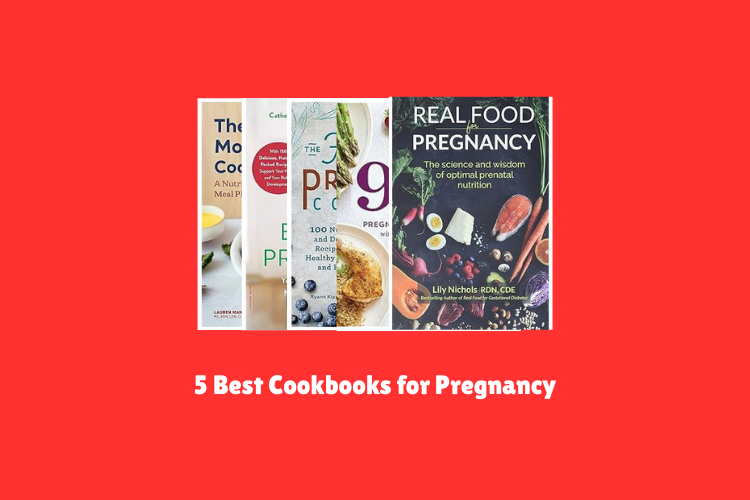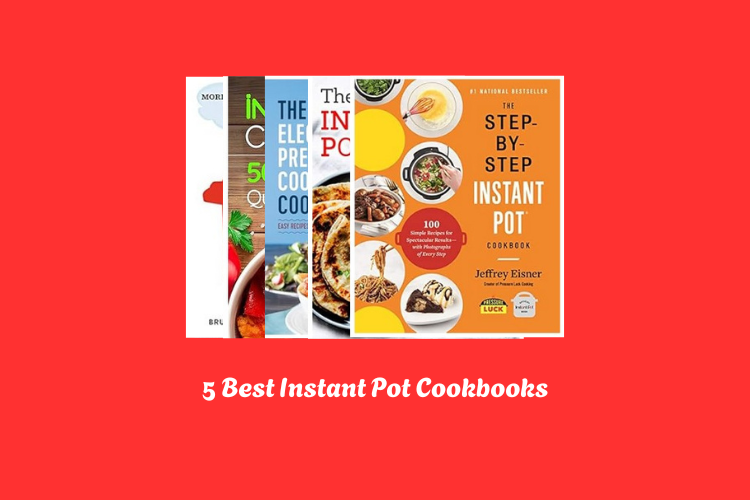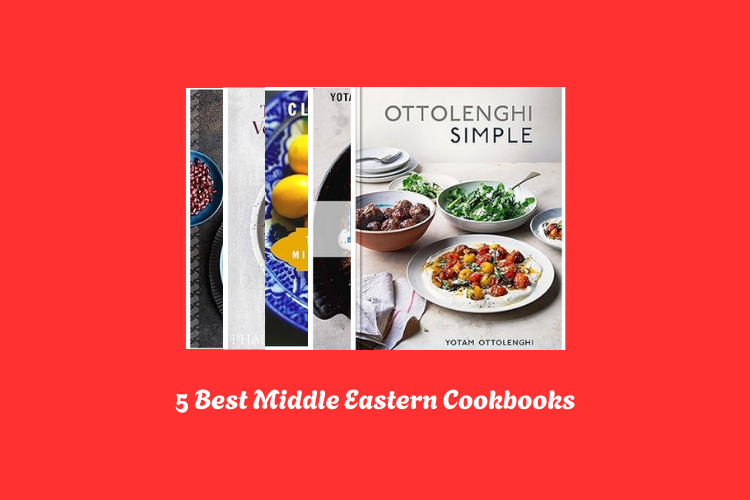5 Best Cuban Cookbooks to Spice Up Your Kitchen
Cuban cuisine bursts with vibrant flavors, blending Spanish, African, and Caribbean influences into unforgettable dishes. From tangy mojo marinades to rich black bean stews, each recipe tells a story of culture, tradition, and passion.
Home cooks and food enthusiasts can explore this rich culinary heritage with the right cookbooks by their side. The best Cuban cookbooks offer authentic recipes, easy-to-follow instructions, and tips to bring the essence of Cuba into every meal.
Readers discover classics like Ropa Vieja, Picadillo, and Tostones, alongside modern twists that honor tradition while adding a fresh touch. Cooking Cuban food at home creates memorable experiences, whether for family dinners or festive gatherings.
These cookbooks provide more than recipes they offer a window into Cuban life, flavors, and history. Anyone eager to add bold, soulful flavors to their kitchen will find inspiration in these carefully selected Cuban cookbooks.
5 Best Cuban Cookbooks 2025
1.
Cookbook Overview
About the Author
Ana Sofia Pelaez is a Cuban-American food writer. She explores Cuban cuisine with care and respect. Alongside award-winning photographer Ellen Silverman, she traveled through Cuba, Miami, and New York. They learned from home cooks, professional chefs, and restaurateurs. Their goal was to document authentic Cuban cooking.
Purpose of the Cookbook
This book does more than give recipes. It shares the history and culture behind Cuban dishes. It explains traditions that make Cuban meals special. Readers discover how family secrets and simple techniques create unforgettable flavors.
Recipe Categories
Sandwiches and Snacks
Classic Cuban sandwiches appear alongside tasty snacks. Each recipe shows small tricks that make the dishes unique. Details on ingredients and preparation make it easy for home cooks to follow.
Stews and Main Courses
Rich stews reflect Spanish and African influences. Recipes include clear steps, with notes on flavor balance and timing. These dishes bring warmth and depth to any meal.
Side Dishes and Desserts
Rice, beans, and tropical desserts complete Cuban meals. Recipes cover everyday favorites and special treats for celebrations. Each entry includes tips for authentic flavor.
Features
Authenticity
Every recipe comes from real Cuban cooks. The book preserves their techniques and secrets. Readers gain access to dishes often passed down quietly in families.
Cultural Insights
The cookbook explains the context behind the food. Readers learn how history, migration, and community shape Cuban cuisine.
Visual Appeal
Over 110 recipes are accompanied by stunning photographs. The images highlight textures, colors, and presentation. They make the book engaging and easy to use in the kitchen.
Recognition
Nominated for a James Beard Award, this cookbook is respected internationally. It combines practical guidance with storytelling, offering a full experience of Cuban cooking.
2.
Cookbook Overview
About the Book
Memories of a Cuban includes over 200 traditional Cuban recipes. It mixes Spanish, African, Indian, Chinese, and Portuguese influences. Each recipe comes with a touch of nostalgia. Readers experience Cuban life through food.
Authors
Mary Urrutia Randelman, with co-author Joan Schwartz, shares personal memories from her childhood. Their stories make the recipes more than just instructions. The photos in the book show Cuba’s colors, culture, and festive atmosphere.
Recipe Categories
Appetizers
The book starts with light bites. Recipes include Green Plantain Chips and other small dishes that are easy to make at home. They introduce Cuban flavors in a simple way.
Main Courses
Main dishes are full of taste. Signature recipes include Roast Pork Creole and other hearty meals. Ingredients are common but combined in ways that deliver authentic Cuban flavor.
Drinks and Desserts
Cuban drinks and sweets appear throughout the book. Tropical rum drinks and rich desserts give readers a full taste of Cuban celebrations. Recipes are easy to follow and enjoyable to prepare.
Features
Easy-to-Follow Recipes
Recipes include step-by-step instructions. Even beginners can try traditional Cuban cooking without confusion.
Cultural Insights
Stories and photos provide a window into Cuban life. Readers understand not only the food but also the culture behind it.
Wide Variety
Over 200 recipes cover appetizers, main courses, desserts, and drinks. Home cooks can prepare meals for every occasion.
3.
Cookbook Overview
About the Author
Raquel Roque gathered recipes from her family and Cuba’s culinary community. She focuses on dishes that represent both the Spanish colonial influence and the local Creole flavors. The result is a cookbook full of meals that show Cuba’s rich history and diverse taste.
What the Book Offers
Cocina Cubana includes 350 classic recipes. Each recipe is explained step by step, making it simple for anyone to follow. The book also tells stories about the dishes and the people who made them famous. This adds a personal and cultural touch to the cooking experience.
Recipe Categories
Traditional Cuban Dishes
The book features well-known meals like rice with beans, plantains, and Cuban-style meats. Readers can recreate favorites such as Pollo Guarachero from Celia Cruz or Picadillo de Carne from Carlos Eire.
Drinks and Snacks
Five new chapters highlight cocktails, smoothies, and sandwiches. These recipes offer fresh ideas for meals, parties, or casual snacks at home.
International and Family Recipes
Cocina Cubana also includes dishes from other Latin American countries and recipes from Cuban celebrities. Examples include Flan de la Abuela Yiyita from Padre Alberto and Pavo Saralegui from Cristina Saralegui.
Features
Easy-to-Follow Instructions
Recipes are written in simple steps with clear explanations. This approach helps beginners cook confidently while letting experienced cooks experiment with flavors.
Cultural Stories
Every recipe shares a story or historical detail. This makes the book more than a cooking guide it is a journey into Cuban culture and heritage.
Variety and Flavor
The cookbook covers a wide range of foods. From soups and seafood to meat and desserts, the selection shows the vibrant colors and bold tastes that define Cuban cuisine.
4.
Cookbook Overview
About the Author
The author of A Taste of Old Cuba grew up on the island. Memories of family meals, local markets, and cultural celebrations shape every recipe. The stories in the book make the food feel alive. Readers not only learn to cook but also understand the Cuban way of life.
Book Style
This cookbook combines narrative and instruction. Short chapters describe life in Cuba. Then, clear recipes follow. The writing is simple and easy to follow. Photos show how dishes should look. This makes cooking enjoyable and accessible, even for beginners.
Recipe Categories
Traditional Cuban Dishes
The book covers classics like ropa vieja, picadillo, and lechón asado. Each recipe explains the ingredients clearly and offers tips for the best results. Readers can taste authentic Cuban flavors at home.
Desserts and Drinks
Sweet treats like flan and tres leches cake feature in the cookbook. Traditional drinks such as mojitos and Cuban coffee are also included. Step-by-step instructions make these easy to prepare.
Everyday Meals
Simple recipes for rice, beans, and plantains appear in the book. These staples are the backbone of Cuban cuisine. The cookbook shows how to make them flavorful without extra effort.
Features
Easy-to-Follow Instructions
Each recipe lists ingredients in order. Steps are short and clear. Cooking times are easy to understand. This makes it possible to cook confidently, even for beginners.
Cultural Stories
Stories of life in Cuba appear alongside recipes. They explain the history and traditions behind each dish. Readers learn more than just cooking they experience Cuban culture.
Variety and Quantity
Over 150 recipes are included. The variety ranges from street foods to festive meals. Both simple and complex dishes are available. Readers can cook daily meals or special dinners.
Visual Appeal
Photos help guide the cooking process. Pictures show presentation and texture. This visual support helps readers know what to expect.
5.
Cookbook Overview
Introduction to the Book
Cuba: The Cookbook brings the real taste of Cuba into your kitchen. It contains 350 home-cooking recipes collected from chefs and home cooks across the island. The book presents the diversity of Cuban food. It captures both traditional and modern recipes. Each page shows how culture, history, and geography shape the flavors of Cuba.
Author Background
The recipes come from experts who know Cuban food best. They include dishes influenced by Spanish, African, Chinese, and even Soviet traditions. This variety makes the cookbook a true representation of Cuba’s culinary landscape.
Book Style
The cookbook is easy to follow. Each recipe includes clear instructions. The photos are colorful and show how the dishes look in real life. The design makes cooking enjoyable, even for beginners.
Recipe Categories
Appetizers and Snacks
Start meals with Cuban starters. Recipes include traditional bites like croquetas and tostones. Each appetizer brings bold flavors with simple ingredients.
Rice and Bean Dishes
Rice and beans are staples in Cuban kitchens. The cookbook shows classic recipes like moros y cristianos and black bean stews. These dishes are easy, healthy, and filling.
Meat, Fish, and Poultry
Cuban cooking includes pork, beef, chicken, and seafood. Recipes show different cooking styles, from roasting to frying. Marinades and spices make each dish flavorful and aromatic.
Vegetable and Egg Dishes
Vegetables appear in many Cuban meals. Recipes include stews, salads, and egg-based dishes. They highlight fresh, local ingredients with colorful presentation.
Desserts and Sweets
Cuban desserts are sweet and simple. Recipes include flan, tres leches cake, and fruit-based treats. Each dessert uses familiar ingredients with a Cuban twist.
Features
Easy-to-Follow Instructions
Every recipe has clear steps. Measurements and cooking times are easy to understand. Even cooks with little experience can follow them.
Cultural Notes
The book explains the history behind each dish. Readers learn why certain ingredients or methods are used. This helps connect the cooking with Cuban traditions.
Beautiful Photography
Photos show the dishes in a natural and appealing way. They guide readers on presentation and portion sizes.
Variety of Recipes
The cookbook offers both everyday meals and special occasion dishes. It covers appetizers, main courses, desserts, and drinks. This variety makes it useful for any meal plan.
Final Thoughts
Cuba: The Cookbook brings the vibrant flavors of Cuba straight into your kitchen. Its clear instructions, colorful photos, and cultural insights make cooking enjoyable and authentic.
Every recipe tells a story, from traditional favorites to modern twists. For anyone who loves food that is full of flavor and history, this book is a must-have among the best Cuban cookbooks.
